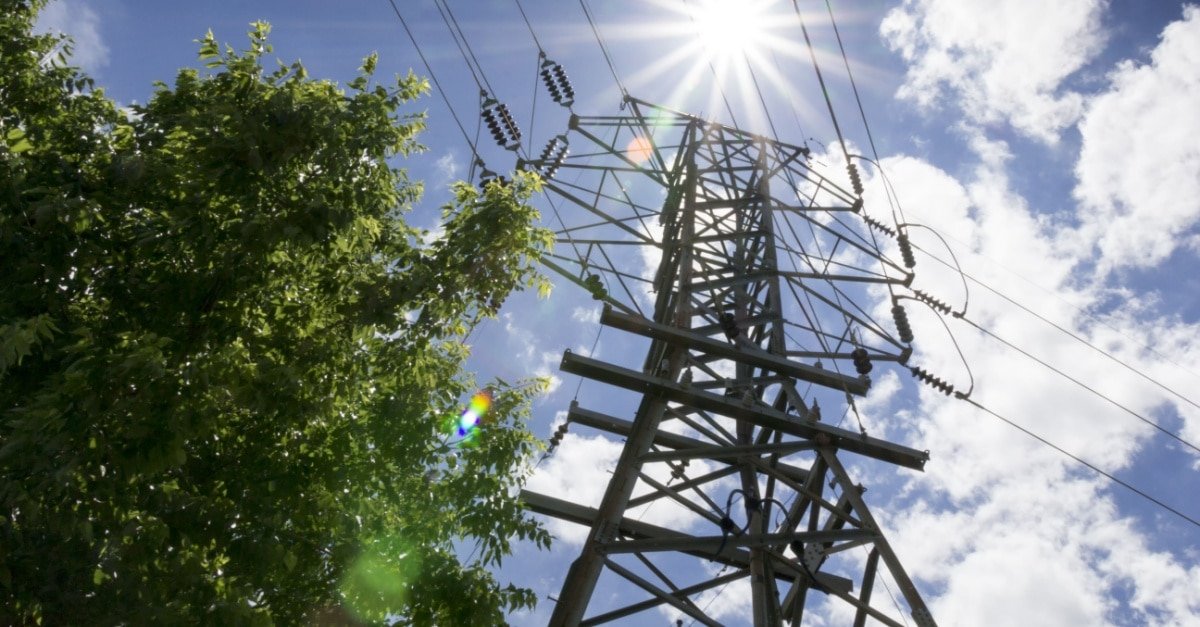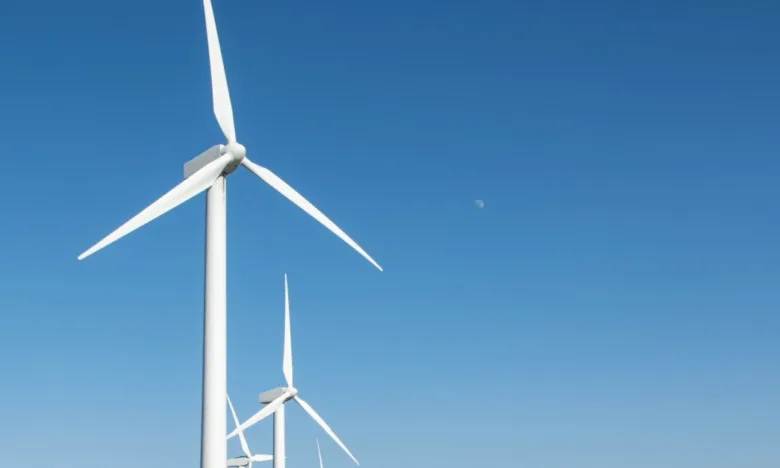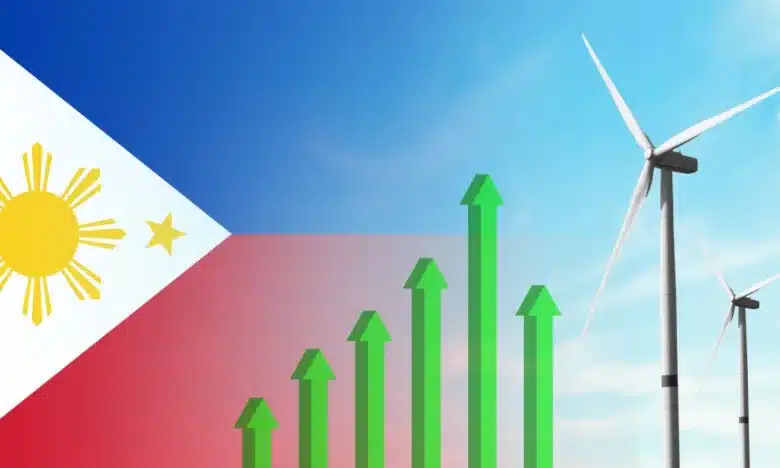
Baseload Power Plants What They Are and Why We Need Them
- April 25, 2025
Last March 26, the Philippine Atmospheric, Geophysical and Astronomical Services Administration (PAGASA) officially announced the end of the northeast monsoon, known locally as amihan. This declaration marked the beginning of the country’s dry season, often associated with intense heat and minimal rainfall, usually leading to record-breaking high temperatures.
As temperatures climb, electricity demand is surging. On March 5, a heat-driven spike in usage triggered a yellow alert on the Luzon grid. The following day, demand hit a yearly high of 12,467 megawatts (MW). With even hotter days ahead, the Department of Energy (DOE) expects Luzon’s power use to peak at 14,769 MW by mid-May.
The yellow alert was triggered by soaring power demand and widespread plant outages. According to NGCP, eight plants had been on forced outage since February, four since 2024, and 16 others were running below capacity—leaving 3,362.3 MW unavailable to the Luzon grid.
“Much of the blame is summarily assigned to the large baseload power plants that are on forced outage,” wrote columnist Jake Maderazo. “After all, they are indeed a big loss given the sheer amount of power they generate, with coal alone already accounting for 62% of gross energy generation in MWh in 2024.”
(Also read: Meralco’s Price Hike and Other Issues)
What are baseload power plants?
A baseload power plant is designed to deliver a constant and dependable supply of electricity to meet the grid’s minimum demand—known as baseload—around the clock. These plants operate continuously at or near full capacity and form the backbone of the energy system, ensuring essential infrastructure and services remain powered at all times.
Maderazo highlighted that, in reality, the country’s plant outages were weather- or season-related. He stated, “In fact, many hydro plants schedule their preventive maintenance procedures during the summer when the water supply is anticipated to be low.”
For Minimal Government Thinkers President Bienvenido Oplas Jr., the problem lies in the limited number of major power plants. “The lesson here is that we are not building enough big conventional power plants to complement if not substitute for old and aging plants,” he wrote.
Energy advocate Nic Satur Jr. agreed, pointing to the country’s growing population as a trigger for increased energy demand. “We must encourage constructing more power plants, regardless of the specific technology to keep pace. Whether it’s coal, natural gas, geothermal, biomass, or even nuclear,” he noted.
The National Grid Corporation of the Philippines (NGCP) also advocates for additional baseload power plants to meet rising summer demand. NGCP spokesperson Cynthia Alabanza emphasized, “From a grid management perspective, it’s really better to have baseload power or non-intermittent, non-variable sources.”
(Also read: Securing a Stable Power Supply Crucial for Lowering Electricity Prices)
What to use for baseload power
Since renewable sources like solar energy are intermittent and depend on weather conditions, they may not be ideal for providing reliable baseload power.
Madezaro wrote, “While the situation might be ideal for solar power, its power generation capabilities (low capacity factor; only 2.9% of gross energy generation in megawatt-hours (MWh) in 2024) are not enough to supplement the loss in hydropower generation or any baseload plant on forced outage, much less support the grid in a significant way at times of high demand.”
Meanwhile, Oplas highlighted that peak electricity demand occurs “at noon and early evening, when people are coming home and lights in houses and streets are open, so we cannot rely on solar farms unless they have batteries.”
However, battery storage remains costly. According to a study, the price of energy storage would need to fall by around 80% for a mix of wind and solar power to compete with even the priciest dispatchable power sources in the Philippines.
Land scarcity also poses a significant challenge to scaling up solar energy in the Philippines. Large-scale solar farms often compete with agriculture for space, making expansion more difficult.
Possible baseload power sources
Given the above limitations, attention turns to more dependable sources for reliable power.
Hydropower
Maderazo mentioned that in 2024, hydropower contributed an average of 8.9% to the country’s total electricity generation, measured in MWh.
Located on the border of Isabela and Ifugao provinces, Magat Dam has an installed capacity of 360 MW and a maximum capacity of 388 MW. As one of the largest hydro facilities in Luzon, it plays a crucial role in providing consistent power to the grid.
Situated along the Agno River in Benguet, Ambuklao (105 MW) and Binga (140 MW) are reservoir-type hydropower plants that contribute significantly to the country’s baseload capacity.
However, these hydropower plants remain dependent on water availability and system demand.
Maderazo recalled that hydropower’s contribution fell to 4.1% in May 2024, despite peak power generation that month. Between April and May, seven plants went offline due to low water levels, losing 440 MW.
Due to this limitation, Oplas proposed that hydro-pumped storage systems serve as ancillary services (AS) or peaking plants.
“Our problem in the Philippines yearly is plenty of floods, lots of water, not lack of water,” he wrote. “We are not storing those huge volumes of water, they rampage down the rivers and cause damage to lives, farms and properties then drain to the sea, little is stored upstream. We should expand our hydropower capacity, especially for pumped storage.
Geothermal energy
Geothermal power plants are considered baseload sources because they can operate continuously, regardless of weather conditions.
Indonesia and the Philippines, both located on the seismically active “Ring of Fire,” are the second and third-largest global users of geothermal energy.
In 2023, geothermal energy accounted for approximately 14.6% of the Philippines’ total energy consumption, making it the largest source of renewable energy in the country.
The Tiwi Geothermal Power Plant in Albay, operational since 1979, began with 55 MW capacity and expanded to 330 MW by 1982. In 2023, a 17 MW binary cycle unit was added to boost efficiency with lower-temperature geothermal fluids.
Additionally, the Bacon-Manito (BacMan) Geothermal Power Plant, located across Albay and Sorsogon, has been a key contributor to baseload power generation since the 1990s. With a capacity of approximately 140 MW, it is operated by the Energy Development Corporation (EDC).
Jeffrey Estrella, President of AP Renewables Inc., highlighted the potential of geothermal energy in the Philippines. “As the Department of Energy works on its ‘Geothermal De-risking Roadmap,’ the future of this underutilized resource looks promising,” he said. “With the Philippines’ installed geothermal capacity at 1,952 megawatts as of April 2024, there is still significant room for growth.”
Natural gas
Natural gas-fired power plants are designed to provide continuous electricity, making them suitable for baseload generation.
For instance, the Ilijan Combined-Cycle Power Plant in Batangas has an installed capacity of 1,200 MW and operates as a baseload facility. Similarly, First Gen’s Santa Rita (1,000 MW), San Lorenzo (500 MW), and San Gabriel (420 MW) plants deliver baseload power to the Luzon grid.
The Malampaya gas field has been a significant natural gas source in the Philippines since 2001, meeting up to 20% of Luzon’s energy requirements. However, the field is expected to be depleted by 2027.
In response, the Philippine government is exploring new offshore reserves, such as the East Palawan Basin, to ensure continued energy supply.
According to the DOE’s 2023 Philippine Energy Situationer, natural gas accounted for 14.1% of the country’s total power generation mix, underscoring its role in providing baseload electricity.
Coal
While the DoE pushes for renewable energy, it confirmed that coal-fired plants will remain crucial for meeting the Philippines’ baseload power needs until 2030. Energy Secretary Raphael Lotilla highlighted that the country’s existing coal plants, with over 6,300 MW of capacity, are mostly new and can operate for decades.
“While there is an existing moratorium on building coal-fired power plants. There are also exemptions for committed, indicative, and expansion plans,” Lotilla stated. “We do not set aside our responsibility to ensure adequate baseload capacities in conjunction with our push to increase RE (renewable energy) share in the power mix.”
Meanwhile, Satur lauded Vietnam for balancing growth with energy needs by relying on coal and gas for baseload stability while rapidly scaling up renewables. He wrote, “This strategy has led to significant progress, with renewables now accounting for 42% of Vietnam’s electricity generation in 2023, including a 13% contribution from solar and wind power.”
Nuclear energy
Oplas highlighted the merits of nuclear energy, pointing to its high reliability, energy density, and low operating costs—factors that support long-term industrial growth.
He cited China, South Korea, India, and Pakistan as examples of how nuclear power supports economic growth. While the U.S. leads with nearly 97,000 MW, China is closing in with over 33,000 MW under construction.
In the Philippines, the DOE is working with the OECD’s Nuclear Energy Agency to add 1,200 MW of nuclear capacity by 2032. Potential sites include Bulacan, Batangas, Masbate, Palawan, and areas in Bataan under assessment.
Oplas also revisited the deactivation of the Westinghouse-built Bataan Nuclear Power Plant (BNPP) in 1986, calling it a major strategic error. He estimated that had it been allowed to operate at an 85% capacity factor, BNPP could have generated 4.6 terawatt-hours (TWh) annually—surpassing the combined 3.8 TWh output from solar and wind in 2023.
(Also read: Are Electric Cooperatives Still Relevant Today?)
Bottom Line
With the country’s GDP growth forecasted to accelerate in 2025, Oplas stressed the importance of a stable power supply. He argued that a developing nation should prioritize industrial expansion over high renewable energy targets, warning that persistent power alerts could discourage both foreign and local investments.
In response, Satur urged the NGCP to modernize the country’s outdated transmission system to keep pace with rising energy demands. He criticized the aging infrastructure for contributing to frequent power losses and outages, calling on the DOE and the Energy Regulatory Commission (ERC) to hold NGCP accountable for its 27 delayed grid projects.
Building on this, Maderazo emphasized the need for power distributors to be fully prepared, especially during peak demand in dry seasons. He prompted them to prioritize urgent system upgrades to align with overall improvements in the energy supply chain.
Sources:
https://opinion.inquirer.net/182261/beat-the-heat
https://mb.com.ph/2025/3/26/amihan-ends-warm-dry-season-begins-in-the-philippines
https://en.wikipedia.org/wiki/Base_load
https://drive.google.com/file/d/19PQgA5jhDs0mC8AK8RvCtapFFUV1F9R-/view
https://www.hydropower.org/sediment-management-case-studies/philippines-binga
https://manilastandard.net/?p=314342477
https://newsinfo.inquirer.net/2009953/tapping-earths-power-phs-reliable-clean-energy-source
https://doe.gov.ph/natgas/power-gas-markets
https://business.inquirer.net/516922/doe-begins-assessment-of-possible-nuke-sites



